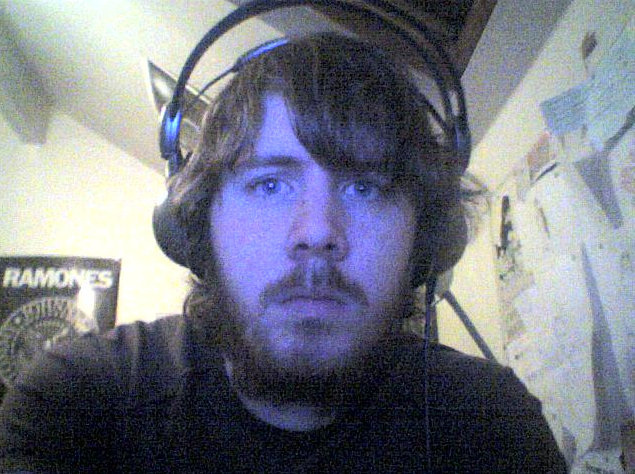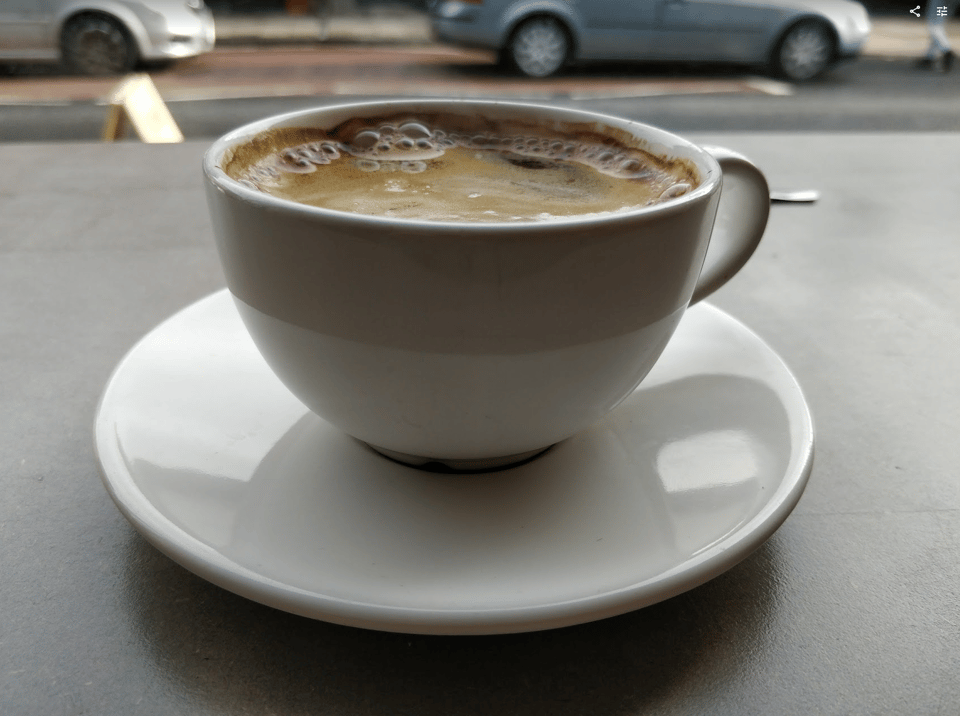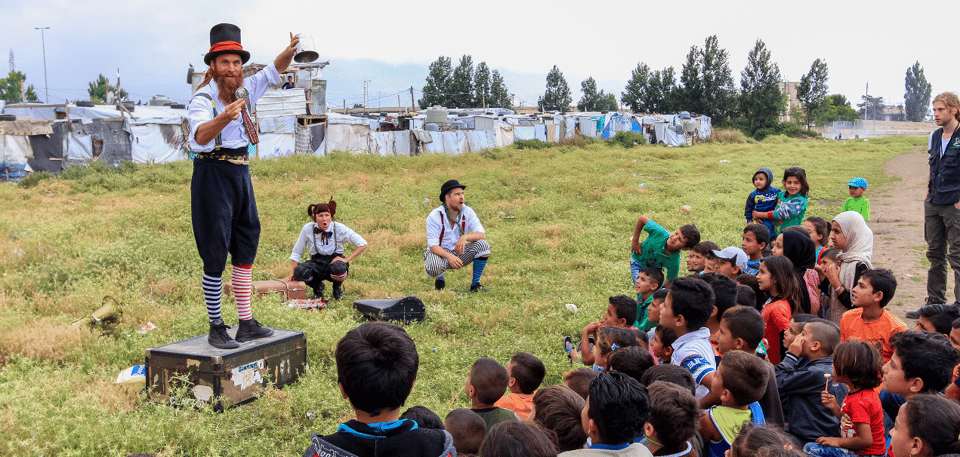How I tried to be a teenage edgelord
Navigating my son’s quest for coolness sparks reflections on my past and present identity reinventions.
My five-year-old son has recently started doing things to grab people’s attention. I don’t mean showing off with daredevil feats of physical bravery, or wearing dress-up costumes to public places – he’s been doing that since he was a toddler. No, this is a more specific kind of attention-seeking: he’s trying to be perceived as cool.
It tends to happen around older kids: we’ll be walking past some 10 year olds, and as soon as Ted notices them, he’ll pretend not to look at them while raising his voice to ensure they hear him say “DAD, LET’S USE OUR ELECTRIC BIKE TO RIDE HOME, BECAUSE WE HAVE AN ELECTRIC BIKE AND IT’S REALLY FAST”. It’s equal parts hilarious and crushing to see the kids he’s trying to impress either ignore his efforts or just look at him with bafflement when he quickly glances over to see if they noticed.
This made me think about my own less-youthful efforts at the same thing: trying to be noticed, despite outward appearance. Usually these moments came at pivotal times of change, much like my son is experiencing.

When I was 17 and started sixth form, I needed a new set of clothes due to no longer having mandatory school uniform. My parents gave me some money and I went shopping as a newly-minted “greb” – the local term for someone who liked rock music. I bought a bunch of things that I felt would allow me to redefine myself as an authentic, hard-livin’ rock-n-roller: some baggy jeans that were so wide I couldn’t wear them when it rained or my legs would leak; a cybergoth mesh top which I was never brave (or well-built) enough to wear on its own, and a variety of boutique skatewear despite not being able to even stand on a board, let alone ollie.
This fad didn’t last long, but it did ingratiate me with all the other grebs/moshers/rockers at college, and I built some friendships which still exist today, lasting much longer than the Green Day patches I sewed to my rucksack. But a few short years later I was off to university to study English, and this time decided the theme for my next reinvention was… edgy literature?
I started out my first year as an undergraduate by purchasing Richard Dawkins’ The God Delusion and seating myself in a prominent position in the School of English buildings and reading half the book in a day, hoping fervently that some professor walking to their next seminar would see me and comment on my transgressive choice of reading. After four hours, my lecturer for Eighteenth Century Literature walked past with a coffee, saw me, and said “Dawkins, eh?”, then carried on up the stairs. Completely worth it.

By my third year of university I was edgy enough to put Mein Kampf on my to-read list – not a flirtation with Nazism, you understand, but a misplaced desire to “know thy enemy” and discover why the book was so controversial besides the obvious fact of its authorship. A friend was bold enough to actually buy me a copy for my 20th birthday and I dutifully read the first few chapters in a state of amused confusion, before giving up and accepting that I wasn’t really an #edgelord.
I didn’t want attention from fascist sympathisers, and indeed, if anyone had engaged me on Dawkins’ atheist bible and the bigger moral/philosophical challenges it raised, I’m sure my certainty and confidence would’ve evaporated as my argument collapsed into logical fallacies. But looking back, I think I now see the overlap with what my son is doing: I was trying to find my own identity by manifesting it in front of other people. I wanted to be the sort of person who read bold works of literature in places of academic rigour, so I went and sat there in a corner. I wanted to express that I wasn’t a follower of the crowd… so I went and bought all the same clothes everyone else was wearing.

These days I find myself doing something similar with coffee: I’m a late-30s software developer who buys expensive single-origin beans and wears thick-framed glasses. I do, objectively, like these things… but I’m also aware that it’s a uniform, a mark of tribal membership. The difference is that I’m old enough to come to terms with the parts of me that are cliché, predictable and stereotypical.
Mini-feels this week
Green Man 2024
We survived four days at Green Man festival last week, in no small part due to the efforts of the Flying Seagull Project. They’re a troupe of childrens’ entertainers who travel the world doing games and play activities with all kinds of kids – from what I gather, the paid work they do at middle-class festivals and private parties in the UK provide their budget to go to refugee camps and impoverished communities around the world and do the same stuff with the kids there.
The leader, Ash “Bash” Perrin, made a big impression on me. All the performers are dressed in circus/pirate/steampunk-esque outfits, and Ash compered most of the shows we saw while we hung out in the children-friendly area of the festival site. During one of these sessions, he gave an empowered defence of physical play, against the siren song of Minecraft that some of the kids were shouting out to him about.

I like computer games, though I’m far from a zealot, and it was refreshing to hear someone involved in children’s creativity come out with a bold take against it. I know Minecraft in particular really encourages creativity and has been great for autistic kids in particular – Ash acknowledged this too. But he was challenging the kids to play together in the real world, to do things that are a little dangerous, and to stay out all day on their own “like your parents did when they were kids”. I found myself wondering how I was going to handle this same dichotomy when my kids are old enough to want to play computer games.
It turns out Ash has written a book called The Real Play Revolution which is all about this stuff – I’ve bought a copy, and I’m enjoying what I’ve read so far. If you’re involved with young kids in any capacity, I’d suggest it’s worth your time.